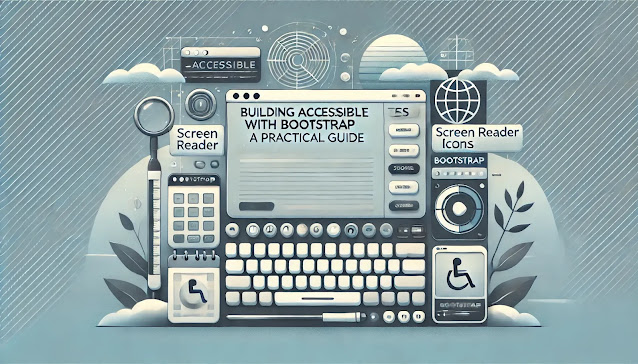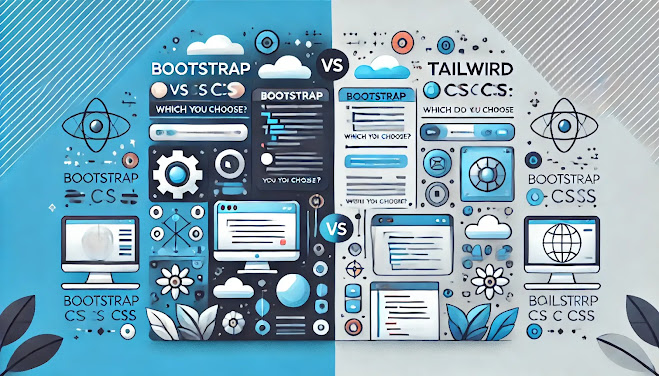Optimizing Bootstrap for Performance: Best Practices for Faster Websites

Introduction Website performance is crucial in today’s fast-paced digital world. Users expect websites to load quickly, and search engines prioritize fast-loading sites in their rankings. While Bootstrap provides a solid foundation for building responsive websites, it's essential to optimize it for performance to ensure your site runs smoothly. In this guide, we'll explore the best practices for optimizing Bootstrap to make your website faster and more efficient. Why Performance Optimization Matters A fast website is not just a nice-to-have; it's a necessity. Slow websites frustrate users, leading to higher bounce rates and lower engagement. Moreover, search engines like Google use site speed as a ranking factor, so optimizing your website can also improve your SEO. User Experience: Fast websites provide a better user experience, keeping visitors engaged and reducing bounce rates. SEO Benefits: Search engines favor fast-loading websites, which can improve your site’s vi...





